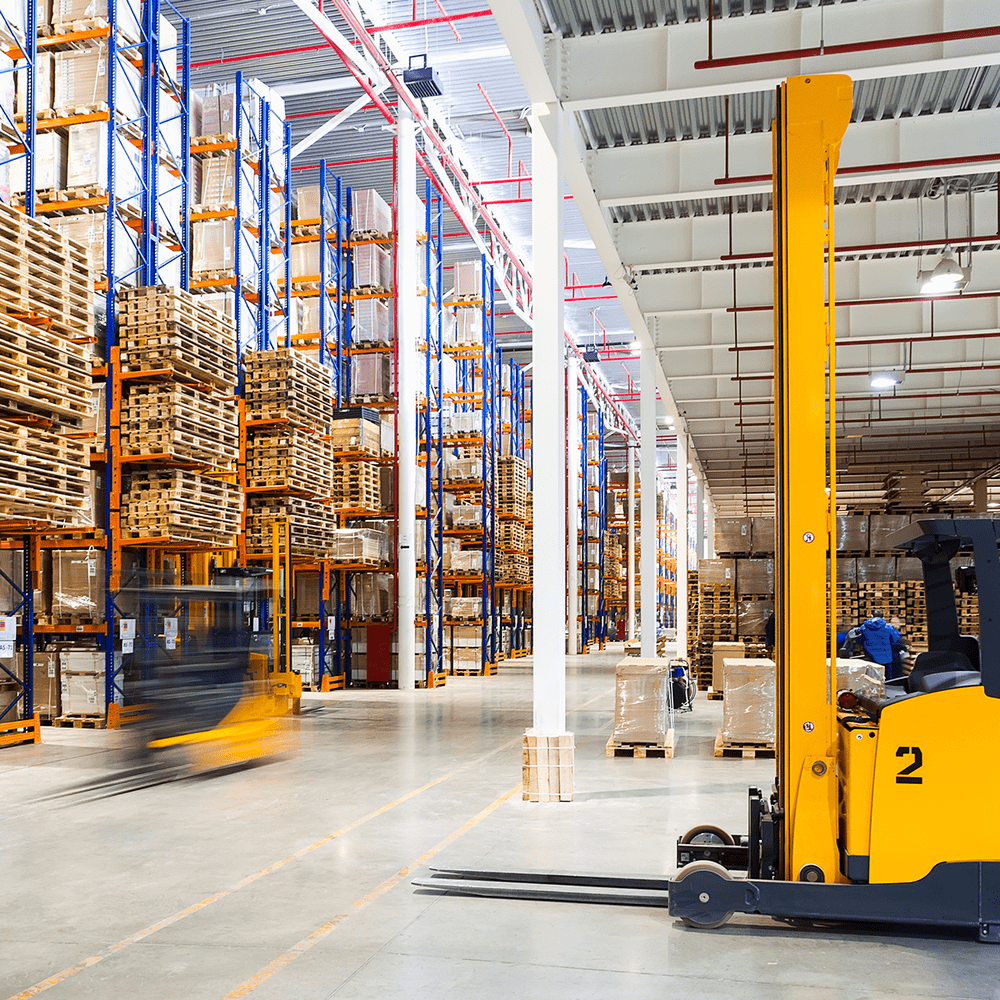Forklift pedestrian safety training is an essential component of workplace safety protocols, ensuring operators and pedestrians coexist in high-risk environments without compromising efficiency. By fostering a culture of safety awareness, companies can reduce workplace accidents, improve compliance, and protect their most valuable asset: their workforce.
The Importance of Forklift Safety Awareness Training
Forklifts are indispensable in industries like logistics, manufacturing, and construction, but they also present significant risks. Every year, forklift-related incidents result in injuries and fatalities, many of which involve pedestrians. These accidents often stem from preventable causes, including poor visibility, inadequate training, and lapses in situational awareness.
Forklift safety awareness training addresses these challenges by equipping operators and on-foot workers with the knowledge and tools needed to recognize and mitigate risks. It goes beyond basic operational instructions, focusing on real-world applications such as:
- Identifying blind spots and high-risk zones.
- Maintaining clear communication between operators and pedestrians.
- Implementing best practices for navigating shared workspaces.
- Understanding the limits of forklift capabilities, including braking distances and load stability.
Key Components of Effective Forklift Pedestrian Safety Training
An effective forklift pedestrian safety training program incorporates both theoretical knowledge and practical application. Key components include:
- Hazard Identification and Risk Assessment: Participants learn to identify potential hazards, such as cluttered aisles, inadequate lighting, and excessive noise, which can impede visibility and communication.
- Situational Awareness: Training emphasizes the importance of remaining alert to surroundings, particularly in areas where pedestrian and forklift traffic intersect. Operators are trained to anticipate pedestrian movements and adjust their actions accordingly.
- Communication Protocols: Clear communication is critical in high-traffic environments. Training ensures both operators and pedestrians understand hand signals, audible alerts, and the proper use of safety devices.
- Technology Integration: Incorporating technology such as our AiVA Pedestrian Detection System can enhance safety by providing real-time alerts when pedestrians are in proximity. This system acts as a crucial layer of defence, complementing human awareness with advanced machine vision and AI capabilities. Learn more about AiVA here.

Safety and Forklift Training: A Dual Responsibility
Safety is not the sole responsibility of operators. Pedestrians must also be trained to navigate areas where forklifts are active. Comprehensive training programs should address the following:
- Pedestrian Responsibilities: Pedestrians should understand designated walkways, avoid distraction, and make eye contact with operators before crossing shared zones.
- Workplace Design: Employers must ensure that the workspace is optimized for safety, with clear signage, marked pathways, and barriers to separate pedestrian and vehicle traffic wherever possible.
- Ongoing Education: Safety training should not be a one-time event. Regular refresher courses and updates on new safety technologies and protocols are essential for maintaining high safety standards.
Benefits of Forklift Safety Awareness Training
Investing in safety and forklift training yields measurable benefits, including:
- Reduced Accidents: Well-trained teams are less likely to make errors that lead to collisions or injuries.
- Enhanced Compliance: Meeting or exceeding regulatory requirements minimizes the risk of fines and improves workplace reputation.
- Increased Productivity: A safe environment fosters confidence, allowing workers to focus on their tasks without fear of accidents.
- Cost Savings: Preventing accidents reduces costs associated with downtime, medical expenses, and equipment repairs.
Building a Culture of Safety
Forklift safety awareness training is not merely a procedural necessity—it is a cornerstone of a proactive safety culture. Leadership commitment to safety, visible through training initiatives and investments in technology, signals to employees that their well-being is a top priority.
Take the Next Step Toward a Safer Workplace
Empower your workforce with the knowledge and tools they need to thrive in a safe, productive environment. For more information on forklift safety solutions and training programs, or to discuss how Speedshield Technologies can support your safety initiatives, contact us now.
